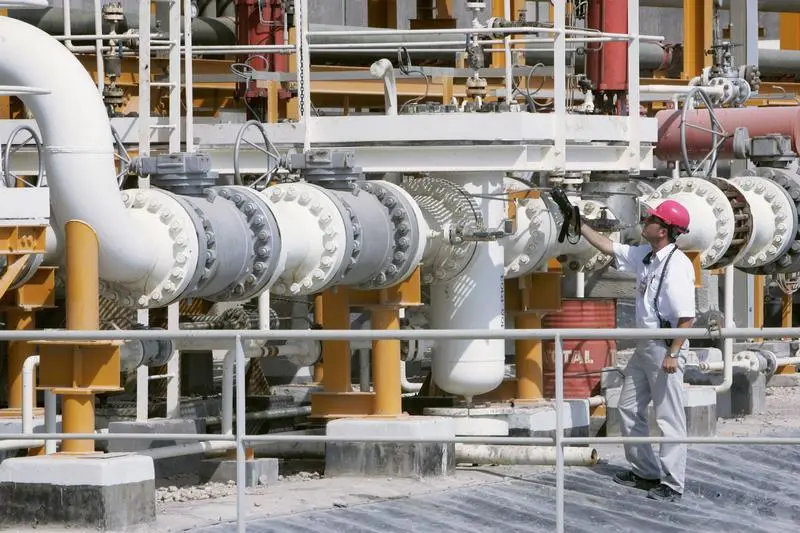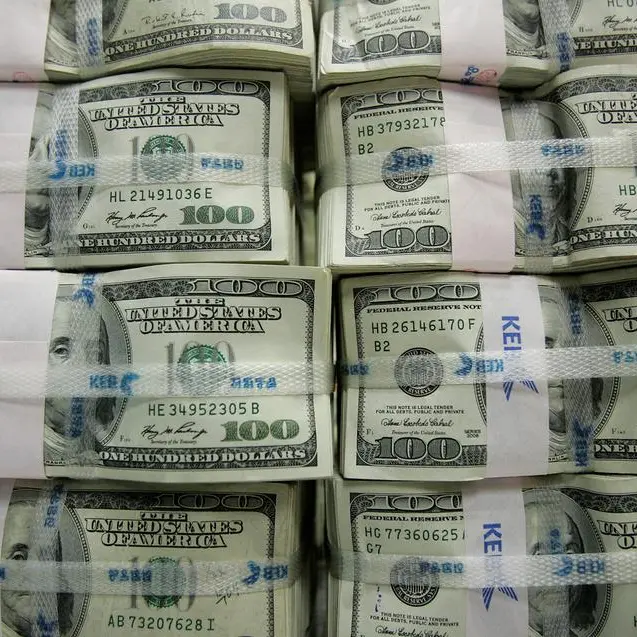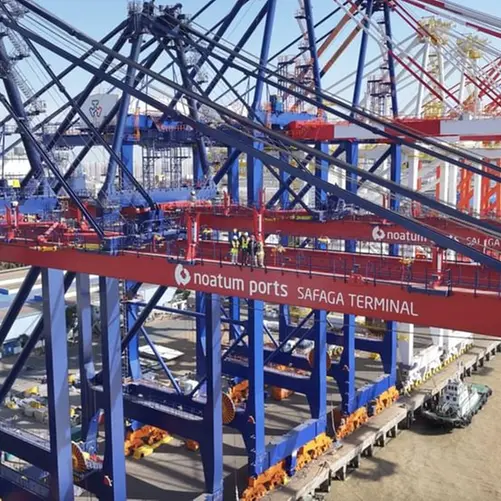PHOTO
An Iranian worker works on phases 2-3 of the South Pars gas field.
By Satish Kanady
Against the backdrop of Opec’s Vienna decision to cut oil production, QNB yesterday revised its oil price to average $60 per barrel (/b) in 2017,, an upgrade of about $5/b from its previous forecast.
The cuts proposed in last week’s agreement would reduce world oil production by around 900k barrels on average in 2017, compared with the average production in 2016. This would wipe out the current supply glut. Additionally, the IEA expects global oil demand to grow by 1.2m barrels in 2017. Therefore, the global oil market would shift from excess supply of 600k b/d in 2016 to undersupply of 1.6m b/d. “As a result, we would expect prices to average $60/b in 2017”, the bank noted in its latest ‘economic commentary’ yesterday.
At this level, it is likely that marginal producers, namely US shale oil producers, will begin coming back into the market, which we expect to cap prices at around $60/b.
Opec agreed to cut output by 1.2m barrels per day to 32.5m barrels, effective from 1 January 2017. The agreement is for a period of six months, but could be extended by six months at the next Opec meeting in May 2017. Furthermore, an agreement appears to have been reached with non-OPEC countries. Russia’s energy minister said it would cut production by 300k barrels per day (b/d) and a meeting in Doha this week between Opec and non-Opec producers could lead to an additional 300k barrels of non-Opec cuts. The announced agreement involves deeper cuts and more details of where those cuts are going to come from than expected. As a result, the market response was highly positive and oil prices rose by 8.8 percent to $50.5 per barrel from $46.4 the day before the meeting.
Going forward, the outlook is more bullish for oil prices as a result of the Opec agreement. However, there is a risk that the agreement may not be fully implemented. Therefore, QNB examinea two scenarios. First, it looks at the implications for prices in 2017 if Opec and non-Opec cuts are fully implemented and second, it looks at expected prices if production remains at current levels.
The first scenario assumes that Opec cuts production to32.5m b/d for the whole of 2017 and non-Opec countries cut production by 600k b/d from current levels. Based on data from the International Energy Agency (IEA), the global oil market has been oversupplied by 600k b/d on average in 2016. Accordingly, QNB expects the price to average $60/b in 2017.
In the second scenario, QNB analysts assume that compliance with last week’s agreement is weak, with no cuts by Opec from current levels and non-Opec production rising in line with expectations before the Opec meeting. Under the scenario, the market will remain oversupplied by 500k b/d in 2017, but the excess supply will be reduced. As a result, prices are expected to rise to an average of $55/b in 2017 from an $45/b in 2016, in line with our previous forecast.
Full implementation is unlikely for a number of reasons. Primarily, while core Opec countries typically comply with quotas, a number of other countries have a history of slippage.
© The Peninsula 2016





















